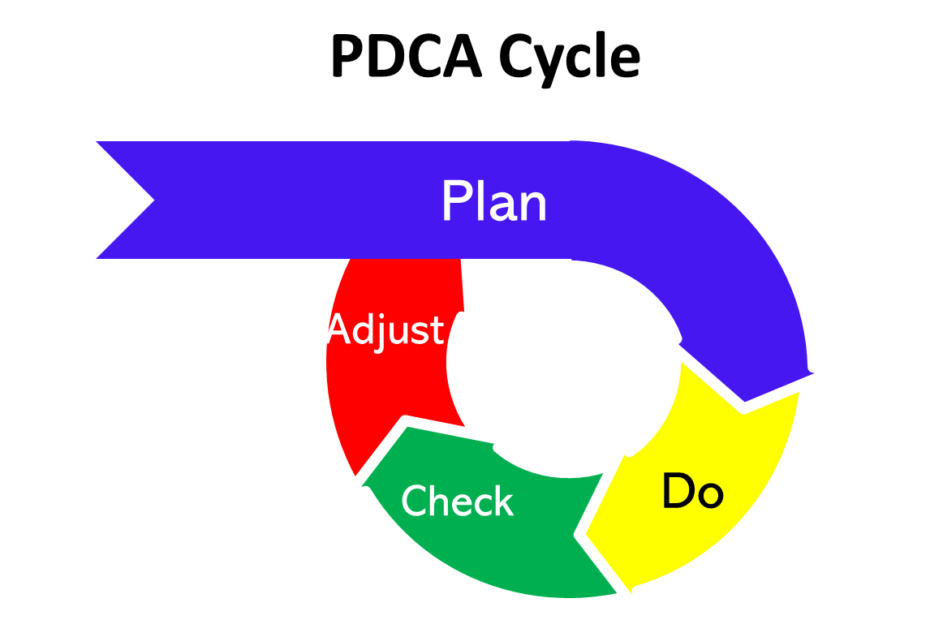It’s been said that a picture is worth a thousand words. In the image above, the “Plan” section easily exceeds the remaining elements combined. Why is that?
Well, a little planning goes a long way. When the planning part is done right, the rest of the process goes a lot more smoothly. It makes things seem to happen as if by magic.
Planning is probably the best front-end investment you can make on any initiative – whether it’s a small project, a medium sized Continuous Improvement rollout, a large system implementation – or anything in between. The importance of planning is closely followed by Process Focus, but that’s a different article.
Defining Planning
When we hear “planning,” many of us from the corporate world have an immediate association with the long cycles of strategic, capital, and budget planning that never seem to end. That’s not what I’m talking about.
I’m talking about something more practical: a few steps to be applied before you launch into your task, quick hit, or small project. I can come up with so many examples of times that the planning piece was skipped because “we know what to do, so let’s not waste time. Just do it.” So we just did it – ready, fire, aim – and we didn’t know what to do. The impact was 100% waste: wasted time, wasted materials, wasted effort…and then there’s the time spent to fix it – rework!
Steps to a Successful Plan
There are a lot of synonyms for planning. I’d like to group a few of them together – considering, measuring, preparing, and outlining – into four steps that make up practical planning.
- Considering. Think about what you are trying to accomplish. Consider it from multiple angles. Think through the consequences. Look for potential obstacles and unintended consequences. What do we need to communicate and who needs to know? Is there a big change impact? Is there a process change? Are people going to need to be trained or educated? (Not the same thing!) What kind of resources are we going to need?
- Measuring. What are your goals? How will you know if it’s successful? How will you know if you have a problem that you will need to address? Are there associated costs or benefits? How will we track these?
- Preparing. What do we need to get ready before we start? Do we need to buy some materials? Get some help? Prepare a space? Assess the tools? Print something? Identify all the resources you’re going to need.
- Outlining. Lay out the actions that you identified in the steps above. List them in the order that they need to happen. How long will each step take? When can each step start? Who is going to do what? Are there major communication points? Add in check-ins for step 2.
All four steps can take 15 minutes or a few hours, depending upon the size of the project.
Now you have a plan. All you have to do is follow it!


